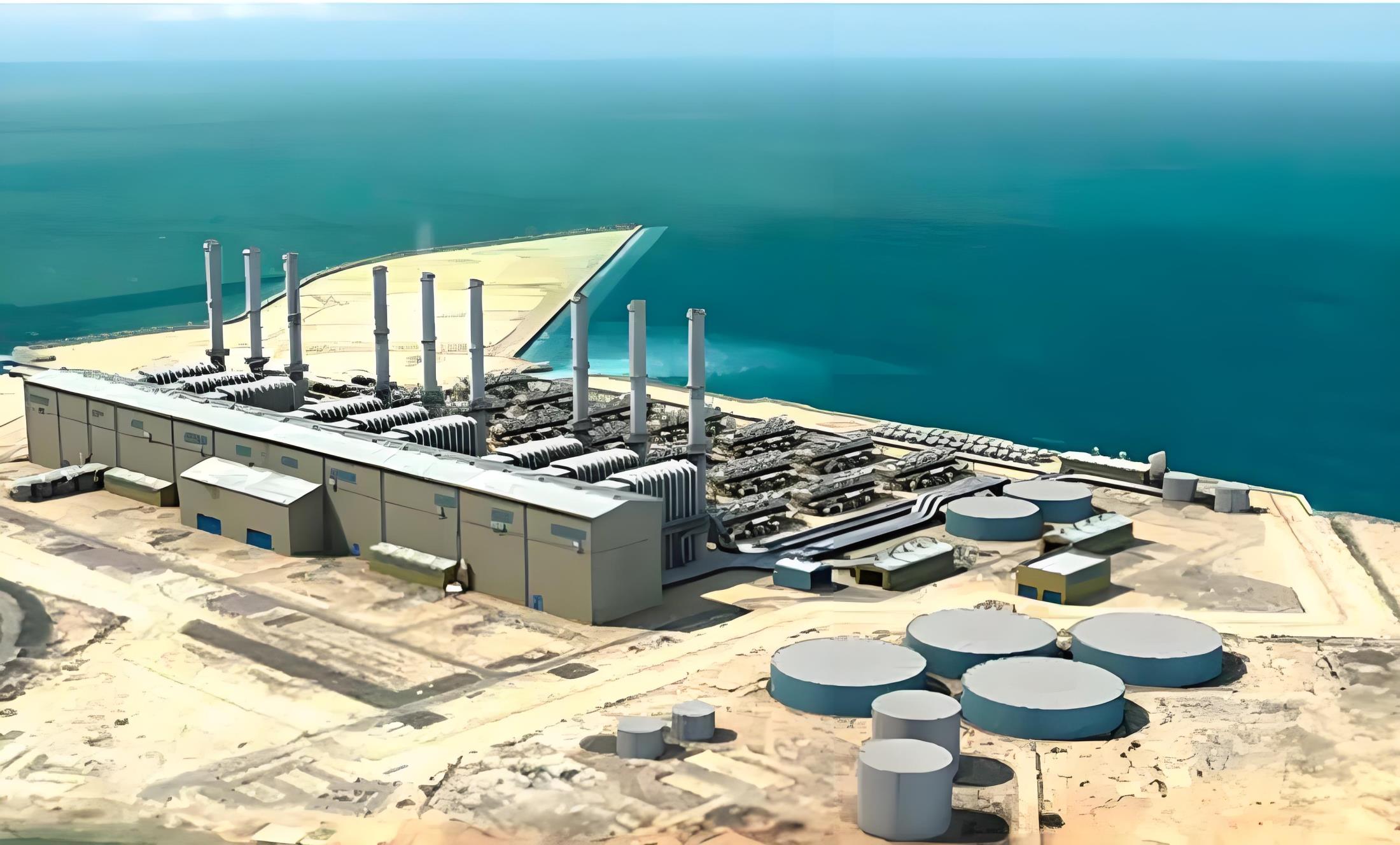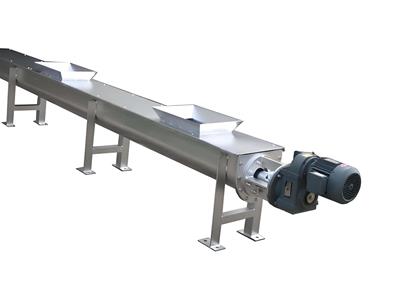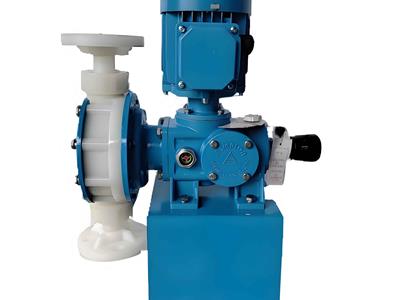- 2025-07-24
Definition and meaning of desalination
Most of the world's water is not drinkable, and a large part of it is in the ocean. In addition, some of the water is frozen in the polar ice caps. From this, it is not difficult to imagine how serious the current water shortage is, and it is likely to become more serious in the next few generations. Fortunately, there is a process called desalination that can turn seawater into fresh water.
Desalination refers to the removal of salt and minerals from seawater to make it suitable for human consumption and industrial production. This is mainly achieved by reverse osmosis technology, which forces seawater to pass through a special membrane that only allows water molecules to pass through, but can block salt and mineral molecules.
Definition of desalination process
In simple terms, desalination uses reverse osmosis technology to convert seawater into drinkable water while removing salt, bacteria and pollutants from seawater. At present, this technology has been promoted worldwide, especially in the Middle East countries, where the desalination capacity of seawater accounts for about 70% of the global capacity; the capacity in North Africa accounts for 6% of the global capacity.
Unlike direct osmosis, where pure water naturally passes through the membrane to the impure side, reverse osmosis counteracts the permeate flow by applying extremely high pressure to the seawater. This forces the seawater through a semipermeable membrane (or TFC spiral RO membrane), which removes all dissolved solids and produces fresh drinking water on the other side.
High-pressure pumps provide the required pressure to push the incoming water through the semipermeable reverse osmosis membrane. Automatic high-pressure safety relief valves protect the water production equipment if the pressure exceeds the recommended level. In desalination systems, the operating pressure is generally between 750 psi and 1000 psi. Ultimately, this method of desalination removes at least 99% of the salt, impurities and pollutants in seawater.
Progress in Solving the Desalination Challenge
The construction of a desalination plant is a huge undertaking. Until now, the desalination process has been costly and energy-intensive. The size of the desalination plant depends on the needs and requirements of the region. The world's largest desalination plant is in the United Arab Emirates, which can produce up to 300 million cubic meters of clean water per year.
The largest desalination plant in the United States is located in Tampa Bay, Florida, and can produce up to 34.7 million cubic meters of clean water per year. As you can see, the production volume is different due to the very different needs in the two regions.
Application of desalination
FupengWater has thousands of systems in operation around the world and has also launched a new desalination system, also known as a desalinator, for the marine industry and other related fields. The system can convert seawater into pure drinking water for drinking water supply, yachts, industrial applications and commercial cargo ships around the world.
Here are some common desalination application scenarios:
Tankers
Coastal development
Workboats
Island businesses
Hotels and resorts
Fish processing plants
Villages and cities
Seaside work sites
Beach houses
Cargo ships
FupengWater manufactures and integrates marine-grade materials using desalination technology, carefully crafted by craftsmen with attention to detail. Rapid population growth is seriously threatening the limited drinking water resources on the earth, and our expertise in desalination is urgently needed in the world.
That’s why FupengWater’s experienced staff and engineers are fully committed to desalination. With years of professional experience and in-depth knowledge of water resources, our team is ready and capable of responding to the water crisis.
Recommended Desalination RO Systems for Commercial and Industrial Use:
Industrial Desalination RO System
Commercial Seawater RO Water Making System
For global seawater RO system projects, please view our projects here: Desalination Projects
Other methods used to remove salt from seawater and convert it into drinking water:
Multi-stage flash evaporation
Multi-effect distillation
Vapor compression distillation
Refrigeration
Solar evaporation
Electrodialysis/Reverse Electrodialysis






